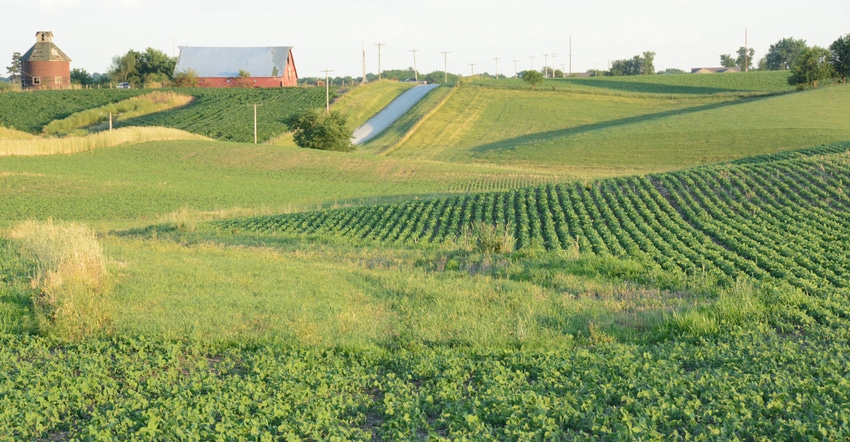March 9, 2020

Editor’s note: This is the third in a three-part series on water in Illinois. You can find Part 1 here and Part 2 here.
I left us hanging last month, questioning our ability as humans to recognize the problems of water management, and even wondering if it’s counterproductive for us to try to manage the nature of water. We know the advent of agriculture allowed human civilization to grow and prosper. It helped humans develop art, music and great technological advances. So, is agriculture itself the problem?
To be clear, this is not a new issue. Conservationists noticed challenges with water management early in the conservation movement. The renowned naturalist Aldo Leopold recorded a collection of his observations in his book “A Sand County Almanac.” It was on a trip through Illinois’ Green River Watershed in the 1940s — right about the same time soil and water conservation districts were emerging to address increasing soil erosion issues around the country — when he noticed contour strips curving across on crop fields to slow runoff. Leopold also observed the highly channelized course of the Green River, giving cause for him to muse, “The water must be confused by so much advice.”
So, what can we do? There is no single solution, just like there is no silver bullet conservation practice. But I do think we can tackle some tough issues. For example, if most conservation efforts attempt to mitigate the loss of permanent vegetative cover from the land but returning the land to all native vegetation won’t feed us, then cover crops become an obvious alternative. As a conservation practice, cover crops get just about as close as we can get to year-round vegetation coverage without sacrificing ag production.
Right now, cover crops don’t work everywhere or with every crop, but I think there is potential to improve. We can seek cover crop species that thrive in broader range of plant zones. We can develop varieties of cover crop plants that can work with more diverse crops and growing environments. There are also opportunities to find more effective ways of seeding cover crops.
Keep in mind, wide-scale adoption of cover crops won’t — and can’t — happen immediately. Even if we improve the adaptability of species and planting technology, we simply don’t have enough cover crop seed production in place to meet the demand. And we have to allow time for farmers to adopt the practices. I’m not dismissing other farming methods. We still need the whole package of conservation alternatives.
I’ve had people tell me that humans have no business trying to manipulate the environment. I get the point, but I’ll submit to you that people are also part of nature, and we are not unique in the habit of transforming our environments. Webster’s Dictionary defines natural as “according to, occurring in, provided by nature.” Most animals build some sort of house by using surrounding materials, and some species use tools to manipulate the environment to benefit their existence. We have no problem accepting bird nests and beaver dams as natural. People are natural, too. I won’t go too much deeper on this line of thought; if I do, I might not make it out of the water — but I’m not giving us a free pass either.
Humans have abilities that set us apart. We can learn, and we can remember. Let’s accept and appreciate the need to farm, and we need to acknowledge that it’s not practical to have immediate, major, wholesale changes in agricultural production. We should learn to think about long-term impacts and always strive to act responsibly.
Dozier is the Illinois state conservationist. Direct comments or questions to [email protected].
About the Author(s)
You May Also Like




